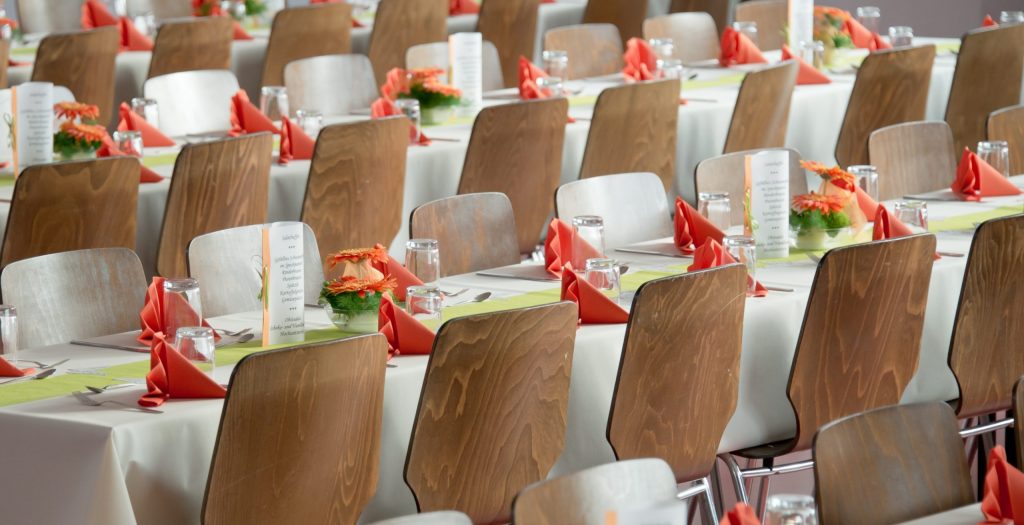As one of the seven wonders of the ancient world, the Giza Pyramids have fascinated visitors for millennia. But as the coronavirus pandemic laid waste to Egypt’s tourism industry and millions of people’s livelihoods, the monuments and surrounding area resembled a ghost town.
This year was supposed to be a blockbuster for tourism. The Grand Egyptian Museum (GEM) was to open after nearly two decades in the making. With the introduction of e-visas, the opening of a new airport in Giza and new domestic flights between Sharm El Sheikh and Luxor, it’s easier than ever to get around the country. In June, the government eliminated the need for tourist visas at some popular destinations, and the Cabinet extended the incentive until the end of April 2021 to cover the typically busy winter season.
In a bid to revive tourism amid the pandemic, the country is making the Giza plateau more tourist friendly. The goal is to boost traffic to the pyramids from 2.5 million to 8 million visitors annually.
The Giza Vision 2020 plan encompasses the development of the pyramids plateau, the Grand Egyptian Museum (GEM), Sphinx Museum and Khufu Avenue along with an 8-kilometer monorail to Sphinx Square in Mohandiseen. The Nazlet El Samman area will be redeveloped and rebranded as Sphinx Village.
Vital site
Tourism has long been a pillar of the economy, contributing 11.3 percent to GDP and 19.3 percent of Egypt’s hard currency inflows. It employs 12.6 percent of the workforce, according to the Tourism Development Authority.
Giza’s Pyramids have long symbolized Egyptian tourism. However, a 2015 Tourism Ministry poll of visitors found 58 percent felt the pyramid area was not safe, 70 percent said it was unclean and 74 percent cited a lack of clear signage.

With that in mind, the government launched a comprehensive plan to overhaul the area. In December 2018, Orascom Pyramids Entertainment, a subsidiary of Orascom Investment Holding, signed an agreement with the Ministry of Tourism for the right to provide facilities and services to visitors for 15 years.
“Tourists will arrive in Giza to spend a full day without chaos, exhaustion or disturbance, not just 50 minutes,” Naguib Sawiris, chairman and CEO of Orascom Investment Holding, told the media. As the plateau’s main developer, he said the EGP 301 million ($19 million) project is part of a larger plan to develop this UNESCO World Heritage Site.
According to Egypt’s Projects Map, the area’s redevelopment began in January 2009, but was suspended during the 2011 revolution and revived in 2018. “There is a massive missed opportunity to date regarding why the pyramids are not the main attraction,” noted Ashraf Halim, CEO of Orascom Pyramids Entertainment, during the October 20 launch of phase one. It kicked off with the operation of the site’s electric buses and the opening of 9 Pyramids Lounge, the first tourist restaurant within the plateau premises.
Routing to views
Usually, visitors arrive through “a chaotic, poor neighborhood” near Nazlet El Samman, Halim says. In the new plan, the main entrance will be on Fayoum road, near the GEM. Permit holders and vendors will continue to access the site from the Sphinx entrance, while the MENA House Hotel entrance will be used only for official visits, he explained.
Outside the four-square-kilometer visitor center, located at the main entrance, there will be a parking lot for 1,200 cars and 300 buses. Twelve ticket windows will be open at the center, including two for visitors with special needs, four for Egyptians, six for foreigners, and three for students. An information center will feature a 150-seat theater. About 18 gift shops will be on-site, along with a café and restaurant, clinic, cinema and toilets.
“A complete overhaul of the transportation modes in the area will change the experience of just getting there,” Halim says.

Visitors will leave their vehicles at the entrance, while camel and horse rides will be banned in the archaeological areas. Instead, electric cars and tour buses will pick up visitors every five minutes, Halim noted. Orascom will provide 30 electric buses by Chinese manufacturer Zhongtong for EGP 5 million ($318,000) each.
“That measure [aims] to protect the monuments. [It] will be implemented by mid-2021,” said Khaled El Anany, the minister of tourism and antiquities. Buses will start from the visitor center, with stops at Panorama One, Menkaure, Khufu and Khafre stations before arriving at the Sphinx, according to a press statement.
“Visitors will be able to stop at any spot, explore on foot, take photos, enjoy activities such as camel and horseback riding or cart tours, then take any other bus to their next destination,” El Anany noted. Horse and camel ride operators will receive training and be restricted to assigned locations.
Bus rides will be included in the price of admission. Each bus has 29 seats and an overall capacity of 65 people. All the e-buses are air-conditioned with CCTV cameras for monitoring and LCD screens to display historical information.
Inside the archaeological area, Orascom Development Egypt (ODE) will offer WiFi, guidebooks and a mobile app. The company also will operate a store in the visitor center offering a collection of Egyptian handicraft products. Tables and storage units will be given to vendors, Sawiris explained.
“The objective is to integrate permit holders within the project. It is not an easy task … Those people are living in the area, what they earn from [it] is their sole income. It would be unfair to tell them to go out,” Halim said at an AmCham event in March. “The change will be gradual and not abrupt. We are not here to drive the vendors out of business, to the contrary, we will enhance it.”
According to the transformation plan, there will be a total of three restaurants and three cafes within the Giza Plateau, the first of which — 9 Pyramids Lounge — opened October 19. The lounge is a fusion of mythology, hieroglyphics and hospitality, overlooking all nine royal tombs.
9 Pyramids Lounge is at the southern end of the Giza complex. It is built in a subtle wooden theme, with Bedouin-style pillows on the ground, and includes five indoor and outdoor spaces. Guests are entertained throughout the day in a grand tented area, a relaxing majlis (gathering) and three courtyard terraces.
In the near future, a planned complex will comprise two fine-dining restaurants, with a large rooftop terrace and a balcony, as well as a cafe. The complex was repurposed from a workshop area and storage facility built in the 1960s. It is scheduled to open early next year.
A real GEM
Next year, GEM is due to open its doors to visitors. It will house 50,000 artifacts, including all the possessions of the Golden Pharaoh, King Tutankhamun. The world’s largest museum dedicated to one civilization is about to get even bigger.
On October 19, the Ministry of Tourism and Antiquities revealed a large cache of unopened sarcophagi in Saqqara. El Enany said the find amounted to dozens of coffins that have been “sealed since ancient times.” Stored in three newly discovered burial shafts, the sarcophagi may date back more than 2,500 years. “Colored and gilded statues were also found in the tombs,” a government press release said.
Officials believe the coffins contain senior statesmen and priests from the 26th dynasty, which ruled Egypt from 664 B.C. to 525 B.C. On October 3, archaeologists opened another sealed, 2,600-year-old sarcophagus. Lifting the lid, researchers discovered a mummy wrapped in ornate burial linen. The cloth’s inscriptions and colorful designs remained intact, according to a statement.
“Saqqara is home to a number of extravagant tombs, including one of the region’s first pyramids, the Step Pyramid of Djoser. But the site has sustained damage over the centuries, with looters and unauthorized excavations exacting a heavy toll — a fact that makes the coffins’ pristine state of preservation particularly impressive,” Amanda Kooser wrote for CNET in September.
The coffins will be displayed at the GEM across from 30 sealed coffins unearthed in Luxor last October.
About 2,000 artifacts of various sizes from the Egyptian Museum in Tahrir Square, Tell el-Yahudiya (Mound of the Jews) and the Giza Pyramid complex are among the distinctive items to be on display at the museum.
Atef Meftah, general director of the GEM, said in a September 19 statement that 54,000 artifacts had been transferred to the new museum, including two pink granite columns belonging to King Ramses II. The columns, which are six meters (20 feet) high and weigh 13 tons, will be the last pieces placed on the Great Stairs of the museum.
Tayyeb Abbas, director of archaeological affairs at the museum, said the transferred items include 54 artifacts from the King Tutankhamun collection, including jewelry and gold necklaces as well as a gilded wood statue of Tutankhamun wearing a Hedjet (Upper Egypt’s White Crown) while standing with his left foot forward on a rectangular base placed on the back of a leopard.
Eissa Zeidan, head of the restoration affairs and transfer of antiquities department at the museum, said Tutankhamun-related artifacts were sent to a wood restoration factory and inorganic antiquities restoration factory, where specialists will restore them in time for the opening of the museum.
Zahi Hawass, archaeologist and former minister of antiquities, described the GEM as “the most important global cultural project of the 21st century, the greatest and largest museum in the world. Its interior design and the display of antiquities will be dazzling for the tourists.”







